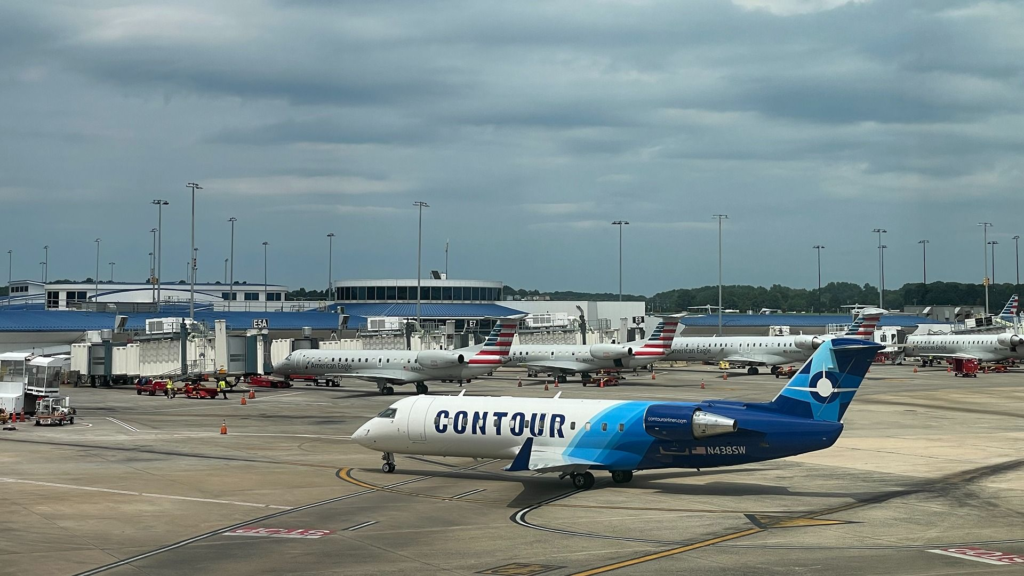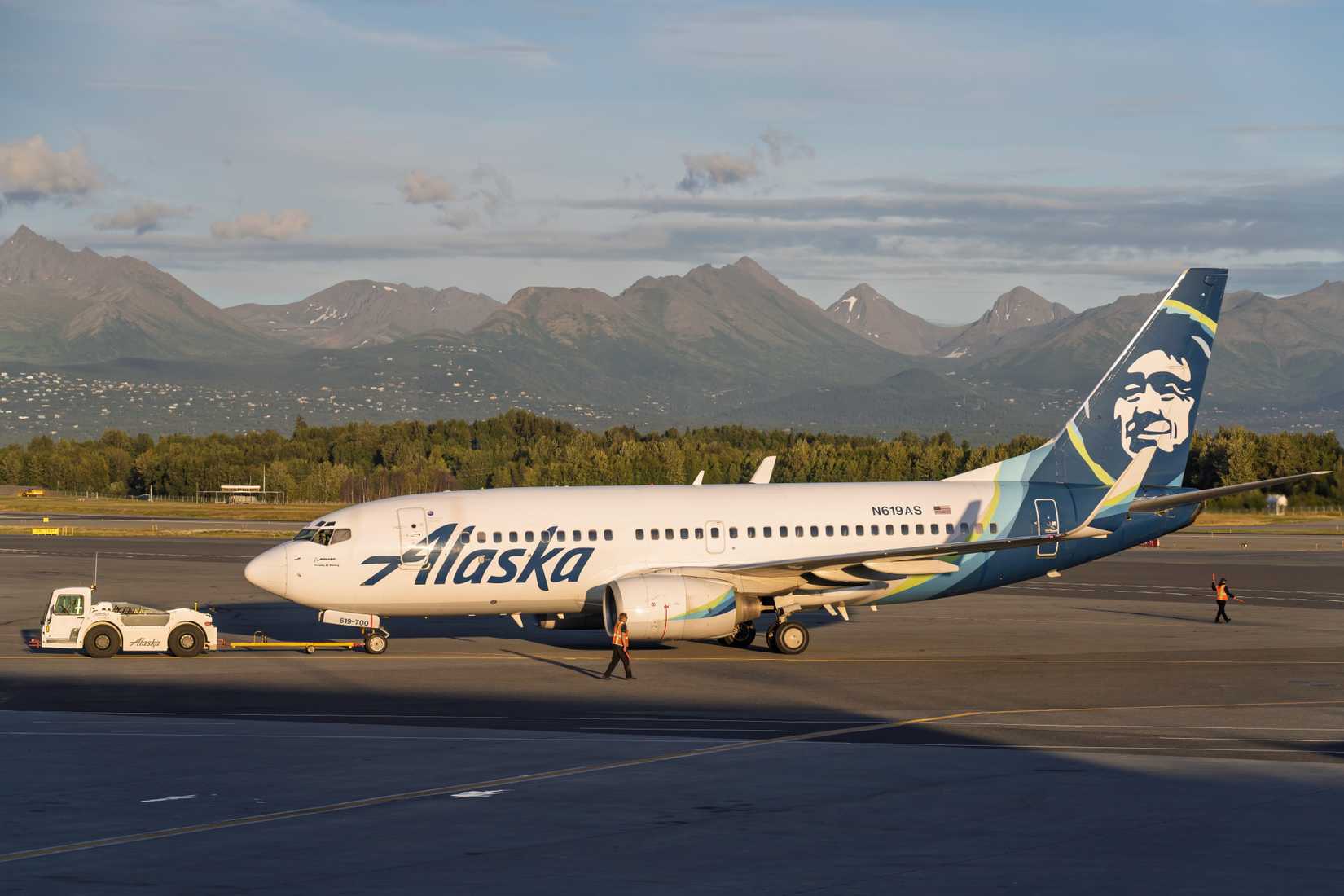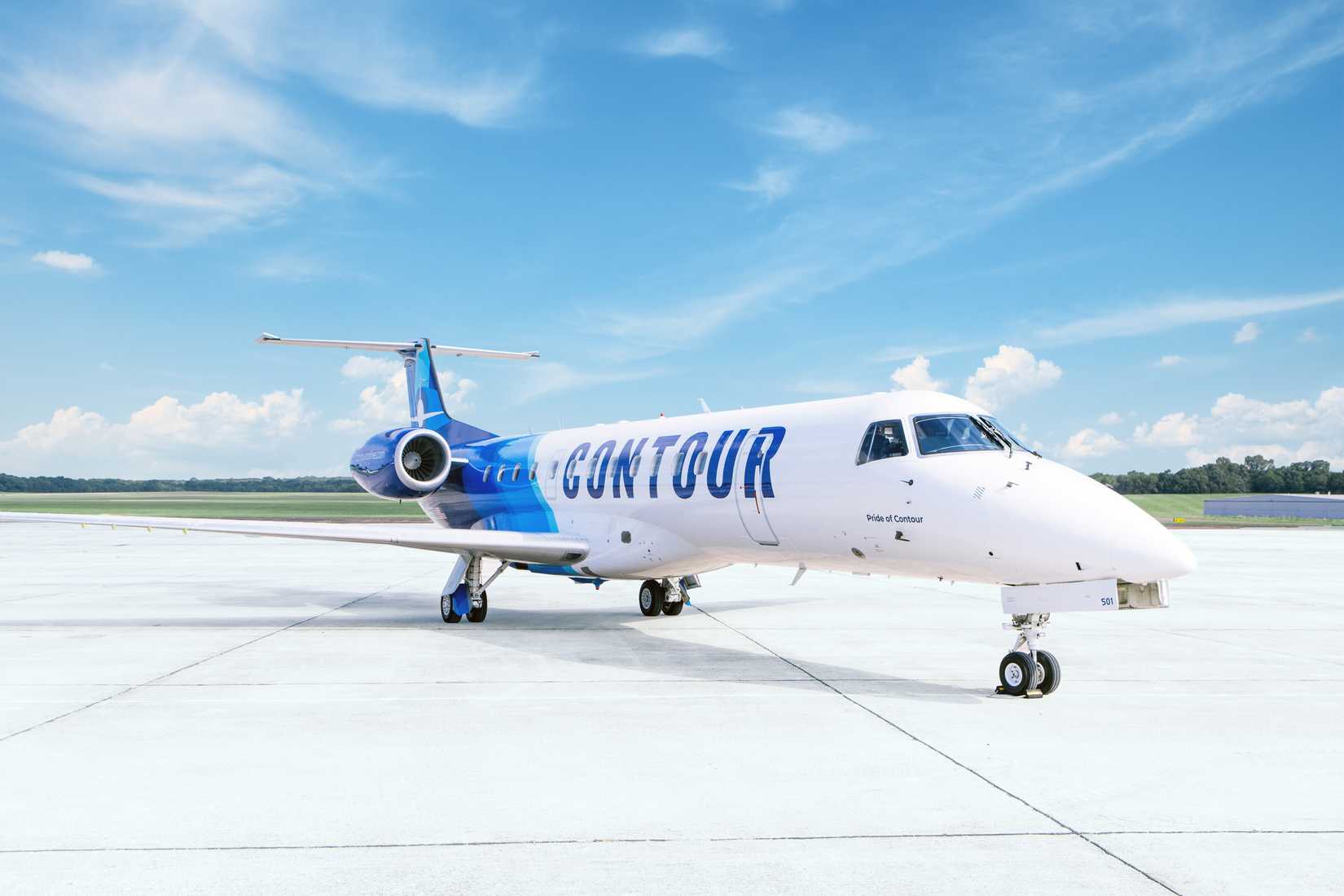Just this week, the US Secretary of Transportation, Sean Duffy, was able to announce that the department was successful in securing an additional $41 million in funding to continue the Essential Air Service (EAS) program. This initiative provides vital air connections to rural communities across the United States.
The program had been in danger of collapse due to a Democrat-led shutdown, which would have seen the program lapse in early November. The EAS subsidized air carriers to operate in and out of airports where the routes are simply not profitable, and the continued operation of flights is a lifeline for work opportunities, medical transport, and the transportation of commercial goods.
A Shortfall In Allocated Funds
On October 6, the US DOT notified communities and carriers providing essential air service flights that there could be a potential shortfall in appropriate funds to continue the EAS program. This would have necessitated the Department suspending contractual obligations with the carriers providing these services, potentially leading to the suspension of flights to these vulnerable communities.
The Airline Deregulation Act of 1978 removed federal control over air travel, such as fares, routes, and market entry. This led to the EAS program being put into place to ensure that isolated or vulnerable communities could be sure to retain a minimum level of scheduled air service. The eligibility requirements for these communities have changed over time, but the idea of the EAS remains the same – to provide commercial air services to major centers to facilitate economic growth and provide vital connectivity to these regions.
Last year, nearly $500 million was dedicated to the EAS for 2024, and the funding is usually bipartisan. However, this year, the current President Trump planned to slash the budget, as analyzed by the Alaska Beacon.
177 Communities In 50 States
The Essential Air Service is vital to ensure connectivity, something particularly important for the state of Alaska. The largest state, covered in mountainous tundra, received more than $41 million in EAS subsidies in 2024. Regional carriers receive funding across all 50 states, serving 177 communities, including those in Puerto Rico. The regional Airline Association, an advocacy group that supports regional airlines, noted to NBC News that the program has an economic impact of $2.3 billion alone and can support up to 17,000 regional jobs.
The US DOT is mandated by Congress to provide the eligible EAS communities access to the National Air Transportation System. This is done by subsidizing, where necessary, two round-trip flights per day on aircraft that can accommodate between 30 to 50 passengers. These are usually flown with smaller aircraft from these communities to a medium/large hub airport. These can include funds going directly to the carrier, or to the municipality or airport authority. As recorded by the US DOT, such examples include:
|
State |
Community |
From / To |
Contracted Air Carrier |
|---|---|---|---|
|
Alabama |
Muscle Shoals |
Northwest Alabama Regional Airport to Charlotte Douglas International Airport |
Contour Airlines |
|
Arizona |
Show Low |
Show Low Regional Airport to Phoenix Sky Harbor International Airport |
Contour Airlines |
|
Illinois |
Quincy |
Quincy Region Airport to Chicago O’Hare International Airport |
Contour Airlines |
|
Utah |
Vernal |
Vernal Regional Airport to Phoenix Sky Harbor International Airport |
Contour Airlines |
|
California |
El Centro |
Imperial County Airport to Phoenix Sky Harbour / Los Angeles International Airport |
Southern Airways Express |
|
Colorado |
Alamosa |
San Luis Valley Regional Airport to Denver International Airport |
Key Lime Air |
|
Hawaii |
Kalaupapa |
Kalaupapa Airport to Honolulu International Airport / Molokai Airport |
Southern Airways Express / Mokulele Airlines |
|
Kentucky |
Owensboro |
Owensboro Daviess County Regional Airport to Chicago O’Hare International Airport |
Contour Airlines |
The majority of communities that are served through the EAS program have published schedules with certificated air carriers, and can be booked in the same manner as purchasing any other airline ticket, except some destinations in Alaska, which are served by air taxis.
Eligibility For The Essential Air Service Program
No community is permitted to receive the subsidy unless it can prove that they are more than 210 miles (340 km) from a large or medium hub airport, as set out by the Department of Transportation and Related Agencies Appropriations Act of 2000, where, if successful, it can receive up to $200 per passenger. Communities in the contiguous United States can be eligible if they are located more than 175 miles (282 km) from a large or medium hub airport pursuant to the FAA Modernization and Reform Act of 2012.
There has been plenty of controversy around the program, noting that the subsidy per passenger can be much higher on poorly patronized flights, such as some routes in Alaska. And the program is a popular political topic, with some cities receiving the subsidy as a selling point to attract industries to their region.
This program remains an essential economic lifeline for the airports that receive these services, and the continuation of the program and its benefactors continue to urge Congress to remain bipartisan for the good of the American public, as reiterated by Duffy.





